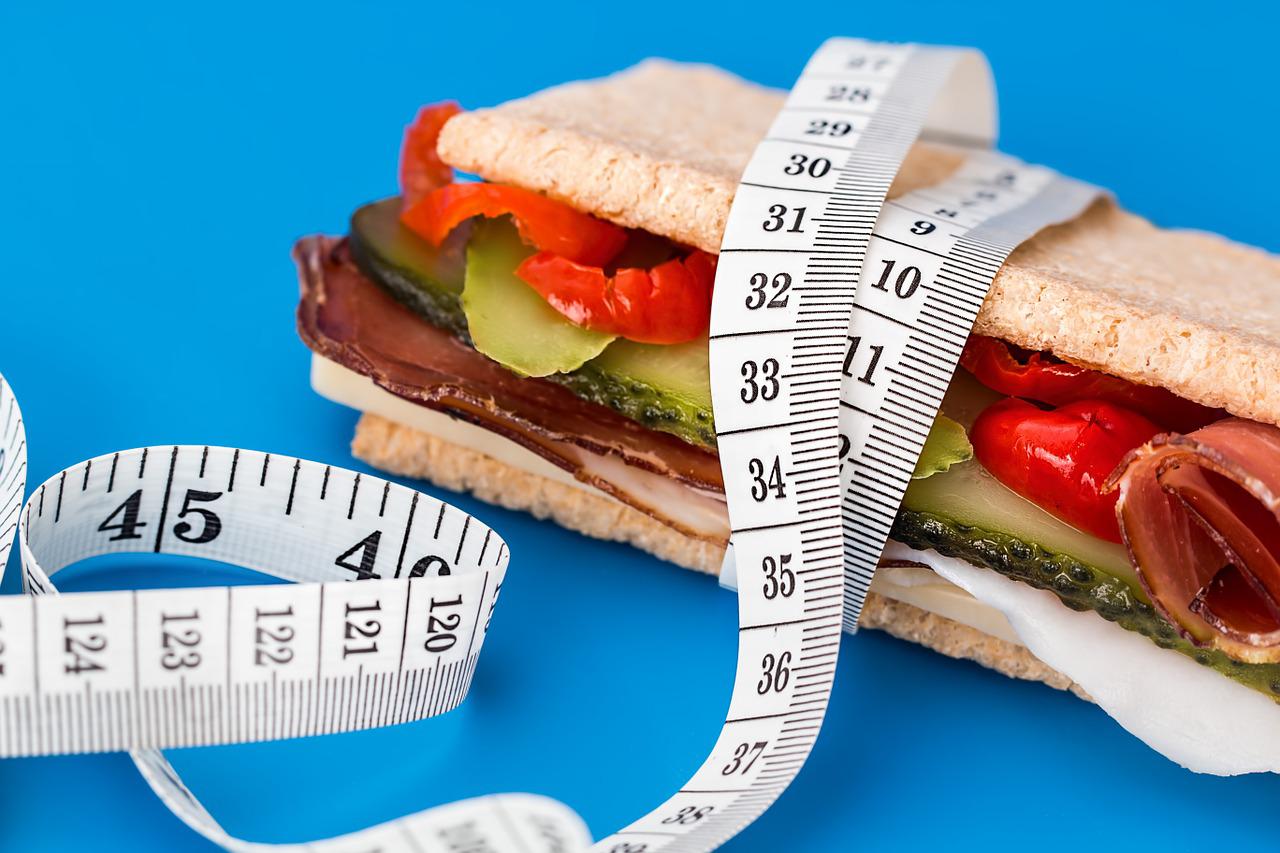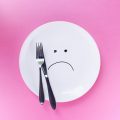Excess weight, especially obesity, diminishes almost every aspect of health, from reproductive and respiratory function to memory and mood. Obesity increases the risk of several debilitating, and deadly diseases, including diabetes, heart disease, and some cancers. It does this through a variety of pathways, some as straightforward as the mechanical stress of carrying extra pounds and some involving complex changes in hormones and metabolism. Obesity decreases the quality and length of life and increases individual, national, and global healthcare costs.
Obesity is a global and complex public health concern. It is associated with reduced life expectancy and is a risk factor for a range of chronic diseases, including cardiovascular disease, type 2 diabetes, at least 12 kinds of cancer, liver and respiratory disease, and can also impact mental health. As we now know that excess weight also appears to put individuals at risk of a worse outcome from COVID-19, it is now more important than ever that we continue to monitor the levels of people living with excess weight in the population.
The good news, though, is that weight loss can curtail some obesity-related risks. Losing as little as 5 to 10 percent of body weight offers meaningful health benefits to people who are obese, even if they never achieve their “ideal” weight, and even if they only begin to lose weight later in life.
How Many Calories Should I Eat To Lose Weight
Calories themselves aren’t good or bad, but eating too many foods that are high in calories can lead to weight gain. When we eat more calories than we burn off over the course of the day, our bodies store those extra calories, usually in the form of fat. Over time, that fat builds up and we gain weight.
The amount of calories you should eat to lose weight depends on age and activity level, adult males generally require 2,000-3000 calories per day to maintain weight while adult females need around 1,600-2,400 according to the U.S Department of Health.
Estimated Daily Calorie Needs
| AGE | MALES, MODERATELY ACTIVE* | FEMALES, MODERATELY ACTIVE* |
| 19-25 | 2,800 | 2,200 |
| 26-45 | 2,600 | 2,000 |
| 46-50 | 2,400 | 2,000 |
| 51-65 | 2,400 | 1,800 |
| 66 and older | 2,200 | 1,800 |
| *Moderately active means activity equal to walking about 1.5 to 3 miles a day at 3 to 4 mph. | ||
Source: Dietary Guidelines for Americans, 2020-2025
What are some popular top high-calorie foods?
Animal Fats: Animal fat contains higher calories and varies significantly depending on the source of meat. Fish oil has the highest calorie of 902 calories per 100g, cooked bacon has 898 calories over 100g and butter contains 717 calories per 100g.
Cheese: All-time favorite food, cheese is highly rich in calories as well as calcium. In 100g of Norwegian Brunost cheese, you can find up to 466 calories. Other high-calorie cheeses are parmesan and cheddar.
Chocolate: Chocolate, one of the most consuming food, no doubt contains healthy antioxidants but also contains high calories. You can consume about 501 calories from 100g of baked chocolate.
Fried Foods: Fried foods are another very common and high source of calories. Fatty fried foods such as fried chicken, pork rinds, and french fries are examples of high-calorie foods. Fried chicken usually contains 463 calories per 100g.
Junk Foods: Junk foods are named so because it contains higher calories with very little nutrition value. Junk foods such as chips contain entirely fat and starch. An average of 560 calories can be found in 100g of junk food.
Nuts and Seeds: This is another kind of high-calorie food, containing a good amount of vegetable oil. Apart from calories, nuts and seeds are well known for their healthy oils, minerals, and fibers. Macadamia nuts have 818 calories per 100 g while pecans have 710 calories for the same amount.
Peanut Butter: Peanuts are generally legumes and not nuts, but they pack a big calorie punch like nuts and nut butter. Nearly 588 calories can be found in 100g of peanut butter.
Processed Meats: Processed meats such as sausage and salami contains higher fats. Pate, processed meat made from goose liver, contains 462 calories per 100g serving.
Salad Dressing: Varieties of salad dressings are found which contain different calories. For example, balsamic vinegar on the salad will add negligible calories to your meal, on the other hand, a full-fat salad dressing can have as many calories as the oil from which it is made.
Vegetable Fats: Vegetable oil and fats do not contain as much higher calorie as animal oils, still has a high percentage. Vegetable oils and fats contain the same number of calories as solid fats, which is 884 calories per 100g.






